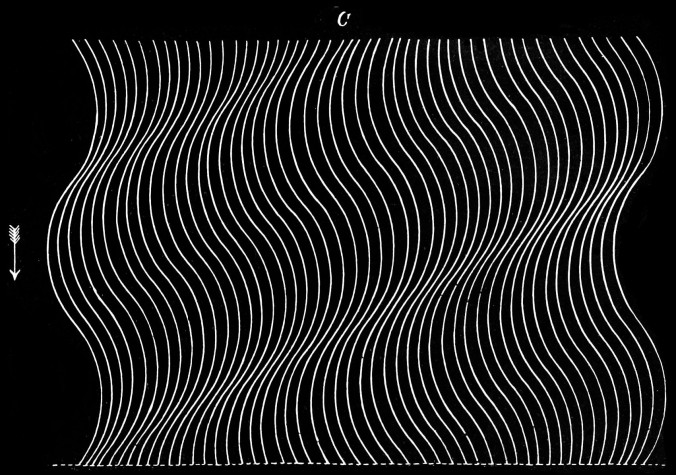For all you music geeks out there I hope you picked up on my Sound on Sound reference, for everyone else Sound on Sound is also the name of a great music recording magazine, that I quite love.
Synopsis:
“Sound on Sound is a creative portrait that explores one Melbourne musicians lifelong obsession with sound. From past to present this documentary touches on themes of obsession, dedication and a love for ethnomusicology that extends to exploring sounds very roots.”
Reflection:
The successful aspects of my piece were the creation of various visual montages that add rhythm and pace to the piece as well as the utilisation of interesting stock footage to visually display audio topics that keep the audience engaged. I think the piece was also successful in overall pacing and flow that provide attention grabbing interest at the start, mellow reflection in the middle and an inspirational ending that leave audiences on a high note at the end of the piece. The section in the middle of the piece (focusing on the instruments Chris plays and his recording space) features a simplistic piece of music; him strumming on his bass. This quiet, emotional piece, performed in his studio, underscores the fact that we have been let in to his life to see these private moments. I believe this creates has a strong emotional resonance with the audience as they get to see Chris as most people don’t get to see him. It’s also quite an informative piece that has the potential introduce topics like Jazz and Ethio-Jazz to audiences that would otherwise never engage with such a topic.
The problematic aspects of my piece are potentially that there’s too much going on visually, which could disrupt audiences from ‘truly bonding’ or understanding the central character, but I think we see enough of Chris to ensure that this doesn’t happen. Another problematic aspect is the poor quality of the stock footage that often appears grainy, but I think in a way this can add to overall charm as well as evident the fact that it is indeed vintage footage.
Key learning discoveries I made about creative portraits are that they are one of those mediums where you must define your through line, in order to know what questions to ask, shots to get, stock footage to find, music to add and edits to make. Creative portraits challenge you to be creative, if you don’t, they often end up dry and boring, however if you are creative you can create a truly beautiful and highly engaging piece. Creative portraits allow you to use abstract footage to illustrate aspects of a persons character or story that create a stronger representation of the idea than any real footage could, thus they have an ability to stir resonances within people that other forms of objective documentary making can’t. Creative portraits also allow you to focus in on a particular aspect of a person or their life, that they may not consider defining or that they may hide from most people they know. You can present this aspect in any way you see fit which adds interesting new layers to that persons define character.
More broadly I brushed up on my filming, editing, interviewing, typography and sourcing skills. I also learnt how to find the needle in the haystack and how to focus my ideas into one whole and complete image in order to make the best possible media that I can.
Project Brief 3 – Sound on Sound from Louise Alice Wilson on Vimeo.
Catch you later,
Louise Alice Wilson




Recent Comments